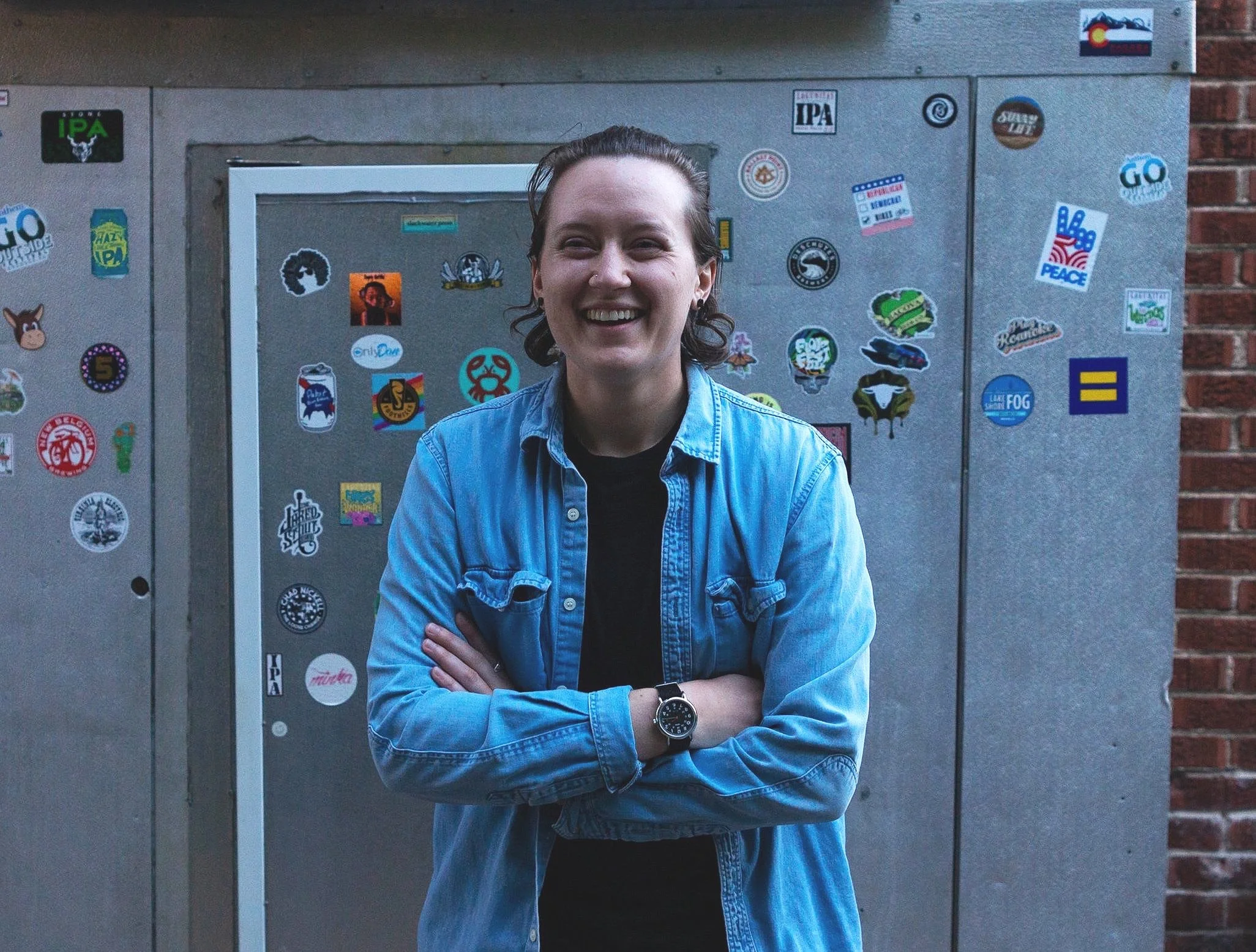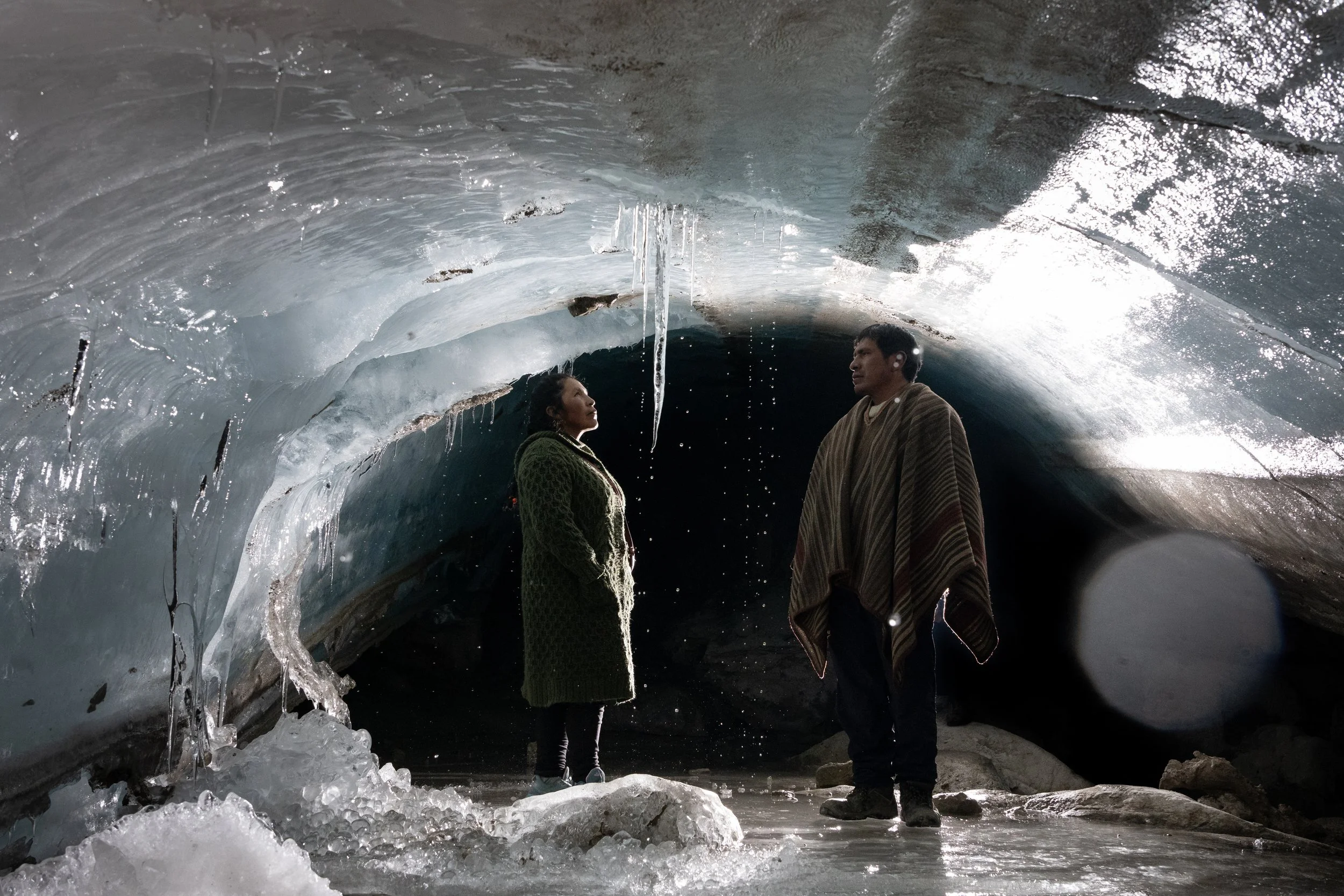Cari Payer is an Editorial Travel Photographer and Creative Educator currently based in Tokyo, Japan. Originally from rural Alaska, Payer grew up seeing the outside world through the lenses of Nat Geo photographers, inspiring her to see what the world had to offer beyond her small community. This passion started her on a journey around the globe; photographing people, landscapes, and cultural landmarks in America, Europe, Asia, and Africa. Together with her camera and an insatiable curiosity for storytelling, she joined PWB in 2018 on assignment in Mongolia documenting Ger to Ger.
PWB recently spoke with Payer to discuss her most recent project, capturing life during COVID-19 with her daughter.
PWB: What makes you more than a photographer?
Cari Payer: It is easy for someone to call themselves a photographer if they know how to adjust camera settings and lighting to take a photograph. But, to me, the main question is how to make these amazing pieces of art something that impacts a community, a group, or even an individual? What about your photograph is it that inspires others or brings a swath of different emotions when they look at it? When I educate people on photography, it is more than just apertures, f-stops, and shutter speed; it is about human connections, cultural understandings, and respecting nature.
I am a guardian of the misfits and voiceless. I am a seer of the invisible. I am a mother and a giver and a friend. I am the story of my past and the dream of my children’s future. I am a painter of light and a teacher of possibilities. I am more than a photographer.
PWB: How has your work as a photographer connected you to your community?
CP: I have been fortunate enough to live in many different locations across the globe. My husband’s job moves our family to a new location every two to three years, and each location is vastly different, ranging from a small town in Germany to the international metropolis of Tokyo. What ties all these places together is the human desire to create art and record our story. Walking blindly into a location, whether permanently or while on vacation can be intimidating; especially when there are language barriers.
Carrying a camera, on the other hand, gives me purpose. It gives me the confidence to engage with the community to achieve a goal. The camera speaks a language that everyone can understand, and that is the commonality that strengthens the bonds between me and my community. I have found that photography is contagious, and it only takes one breathtaking image for someone to become enthralled. As an educator, I attempt to help people in my community understand the dynamics of the camera which allows them to create their own amazing images. In turn, they are now able to connect to the community through the camera, the same ways I have.
Photo by Cari Payer
PWB: How does your work expand on narratives around living in a world pandemic?
CP: Amid all the changes happening in the world right now, many of us artists and storytellers are trying to find ways to cope with the situation and document it.
My daughter and I have been working on this project to bring a little humour into the realities we are all currently facing. I think we have all seen the posts mentioning that what Hollywood said we would be wearing during an apocalypse isn’t what we are wearing right now so after weeks of scrolling social media we came up with the idea to answer the question 'What are you wearing, Spring 2020?'
We are calling it: COVID-19 Spring Collection 2020
Photo by Cari Payer
Fortunately, Japan has not gotten to the level of survival hoarding that was seen in shopping centers and supermarkets in the United States, so the props and ‘fabrics’ were easy to come by and were in no way being wasted. While my ultimate objective was to take shots that were interesting and more humorous, I also wanted to capture the mood of the current state of affairs; gloomy, yet strong and optimistic. I wanted to encapsulate ‘the daily routine’ with a humorous twist, while simultaneously playing off of the toilet paper craze and the superhero-like battle against an unseen enemy.
I am extremely lucky to have a daughter who not only understands my conceptual ramblings while working through the creative process but is also willing to model for many of my abstract ideas. Though to be honest she started to question me a little as I was taping trash bags around her in the living room.
Photo by Cari Payer
With this personal project, I really wanted to create something that would help me capture and remember how life felt in these moments while sharing that time with my daughter and working together to create a statement about our life. Because I believe that in our storytelling, we are creating someone else’s future story.
I am confident that as we have done throughout history, humans will pool resources and pull together to help each other in need and will come out on the other side stronger.
Photo by Cari Payer
PWB: What does storytelling mean to you?
CP: Everything. I grew up in a small rural community in Alaska. This was before the internet was accessible to the masses, so it was easy to feel very small and far away from the ‘typical’ world seen on sitcoms and children’s television. But I was lucky enough to grow up in a household that valued the arts, and my mother did her best to expose me to as many creative opportunities as she could. We were gifted a Nat Geo subscription, and each month I would pour over the images and stories from these lands that seemed as far away as the moon.
What really impacted me was that many of the people in this very famous publication lived like me; small cabin hunted for food, depended on animals for transportation. And even though their livelihoods were simple, like mine, they were being seen by someone. The person behind the camera found them important enough to photograph. That’s what storytelling is for me. I strive to find those who are forgotten or missed by the masses and make them feel seen because that would have been world-changing for me growing up. It’s not always about taking the shot or publishing an article. To me, storytelling is more about helping someone else amplify their voice. Helping them see that their story IS worth telling.
That’s why I am so passionate about teaching creative workshops, I really want everyone to understand the limitlessness of their ideas and personal stories because we all come from somewhere and have something to add to the global dialogue.
For more of Cari Payer’s work, including photos from Mongolia, click here for her website and Instagram, @caripayer
What makes you more than a photographer? Become a member and submit today!
















